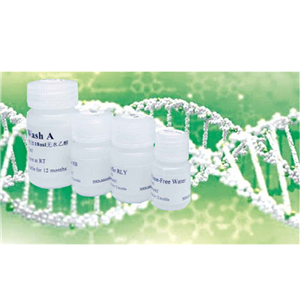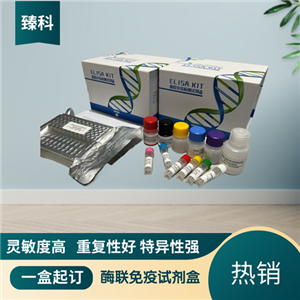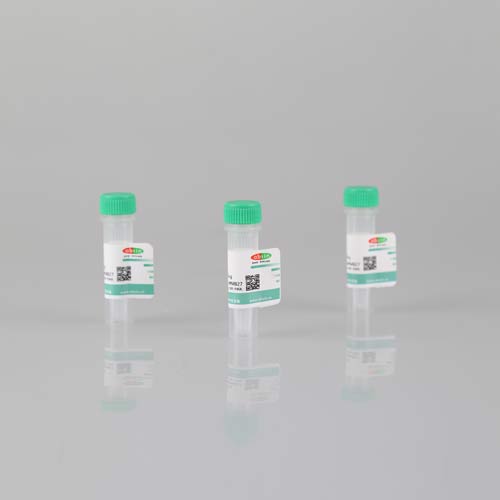Human SDF-1α蛋白,CXCL12α蛋白
Recombinant Human SDF-1α/CXCL12α
询价
2ug
起订
上海 更新日期:2023-10-16
产品详情:
- 中文名称:
- Human SDF-1α蛋白,CXCL12α蛋白
- 英文名称:
- Recombinant Human SDF-1α/CXCL12α
- 产品类别:
- 重组蛋白
公司简介
爱必信(上海)生物科技有限公司成立于2010年,位于上海市申江科创园。是一家自主研发和生产生物试剂的公司。
Absin?是爱必信(上海)生物科技有限公司的试剂品牌,目前已近60万种生化试剂,10万种抗体,其基础生化试剂在基础科学领域得到广泛应用的同时,特色产品线常规生化试剂,血清,小分子激动剂及抑制剂在业界也备受好评。
Absin秉承踏实,务实,求精和不断创新的精神为中国科学家提供最好的产品,努力打造属于中国自己的生物试剂品牌,为广大科学家提供更全面更丰富更优质的产品。
爱科研,必信它(Absin)!Absin努力成为你身边的科研百宝箱!
| 成立日期 | (16年) |
| 注册资本 | 2500万 |
| 员工人数 | 100-500人 |
| 年营业额 | ¥ 1000万-5000万 |
| 经营模式 | 工厂,试剂,定制,服务 |
| 主营行业 | 生化试剂,抗体,分子生物学,生物活性小分子 |
Human SDF-1α蛋白,CXCL12α蛋白相关厂家报价
-

- Recombinant Human SDF-1α/CXCL12α
- 上海康朗生物科技有限公司 VIP
- 2025-12-29
- ¥646
-

- 大鼠(Rat)α-血红蛋白稳定蛋白(αHSP)ELISA试剂盒
- 上海靳创生物科技有限公司 VIP
- 2025-12-30
- ¥1280
-

- 乙酰化微管蛋白α/Tubulin α/α-tubulin单克隆抗体
- 上海抚生实业有限公司 VIP
- 2025-12-30
- ¥1180
-

- KB抑制蛋白激酶α/IKK-α/IKKα/I-κB-α 抗体
- 上海博湖生物科技有限公司 VIP
- 2025-12-30
- ¥1180


